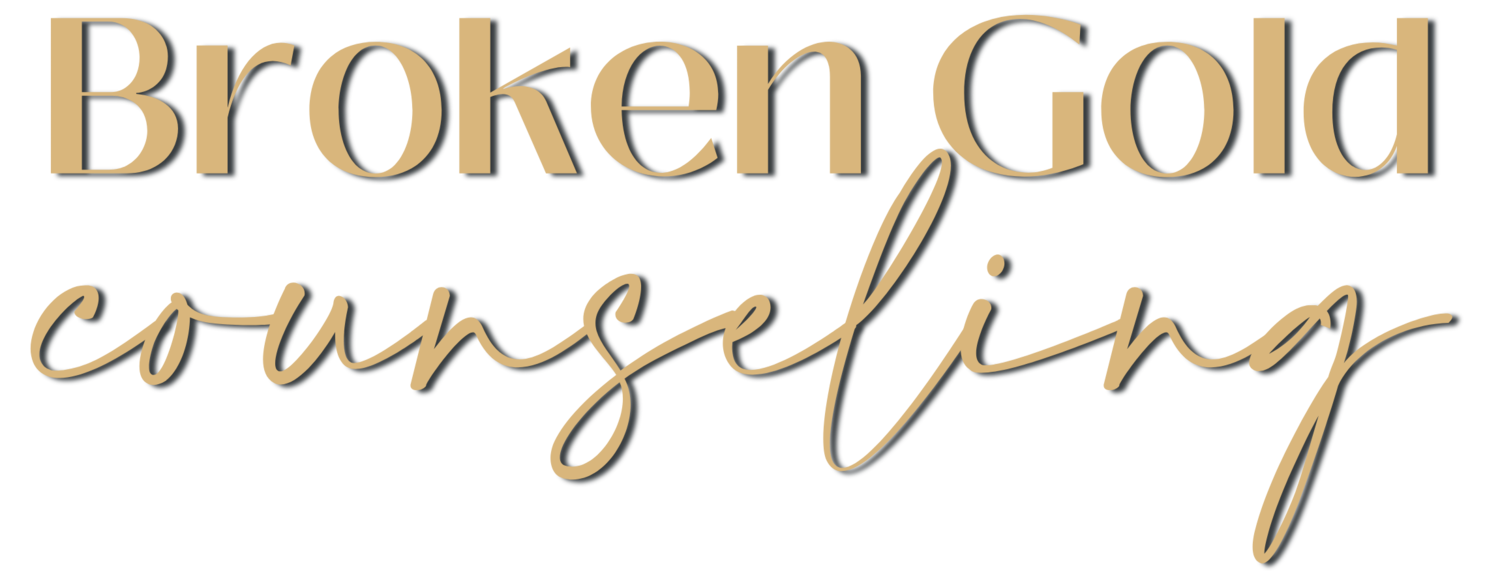
Blog
Welcome to the Blog! Therapy is a process that helps people work through their problems. It is a journey of reflection, change, and growth, and sometimes, humor. I love writing about its application in the real world.
Below are a series of blog articles that aim to normalize mental health, provide you with tips to enhance the quality of your life, share some of our own reflections, and more!




Managing Your Wellbeing During the Holidays
Mental wellbeing is challenging and can be even harder to maintain over the holidays. Here are some helpful tips to staying mentally, emotionally, and physically healthy over the holidays.

Your First Therapy Session: What Happens & How to Prepare
Starting therapy can feel like a big step, and it's completely normal to feel a bit anxious or unsure. Whether you're facing personal struggles, mental health challenges, or looking to improve your overall well-being, having a sense of what to expect in your first session may help reduce anxiety and set you up for success.

Therapy Decoded: A Simple Guide to Different Therapy Types & What They Offer
When life feels overwhelming, or you’re struggling with emotions, relationships, or self-doubt, therapy can be a great tool to help you work through challenges and start building a healthier, happier version of yourself.

Is Therapy Right for You? How to Know and Find the Perfect Fit
Mental health is a part of everyone’s life—whether we're managing anxiety, adjusting to life changes, or simply seeking more emotional balance. Like our physical health, it’s important to take care of our mental well-being.

Three Reasons Negative Feedback Can Be Helpful to Therapists
Last month, I put up a post on Instagram about receiving negative feedback from a client. I wanted to take some space to reflect further on this experience and what I learned from it. Part of my work involves offering my services as an independent contract therapist. One of the agencies I work for offers clients the opportunity to share feedback, anonymously, with the therapist. A client I saw for an intake session, shared some feedback with the company regarding their experience with me and this feedback was then discussed with me by someone that works for the company, as a way to not only improve client experience, but also to support therapists through this process. The feedback from this client was, well, less than glowing. Objectively, some of what they communicated was true, and some of the feedback stemmed from this client and I not being a good working fit.

It’s Been a Hot Minute, but I’m Back!
Hello, Readers! I thought I would take a few moments to catch you up on what has been going on for Broken Gold and myself as it has been a few years since I have put up a blog post. I may have seemed quiet, but I have not been still! I have been busy learning, expanding, and growing!

Looking Beyond Attachment Type to Understand Your Relationship Patterns - Part 2
In my previous post, I explored some basic tenets of attachment styles. In this post, I explore additional ways to look at attachment style by examining dimensions of attachment and how these dimensions can allow us to look at the inherent strengths of all attachment styles. Hopefully, these ideas offer different views of your own or someone else’s attachment style that may be helpful. For a deeper dive into these ideas, you can pick up your own copy of the book that I have cited in this post.

Looking Beyond Attachment Type to Understand your Relationship Patterns - Part 1
Recently, I have become very interested in understanding more about attachment theory, attachment styles in adults and how these patterns impact the quality of the relationships we form and can shed light on the patterns of behavior we form in our adult relationships. This is a personal interest of mine and also a professional endeavor as I use attachment a lot with my clients to help organize behavior in a way that helps them better understand why they react to things in their relationships the way they do. One thing that stands out to me about using attachment theory to help clients understand the issues that might be coming up in how they form relationships is the way that this can be incredibly validating to the individual. Understanding how their reactions are part of a pattern of behaviors stemming from how they learned to attach in childhood or other significant relationships can provide a sense of relief which allows clients to step back from their patterns and practice new ways of responding.

What Voles Taught Me About Radical Acceptance and Anxiety
Time to get real with you all. I am not a fan of rodents. I find them to be vile, disgusting, beady-eyed little creatures. There I said it. Not to mention the fact that they carry diseases that can be harmful to humans and urinate and leave little poop droppings everywhere. See what I mean? Kind of hard not to be absolutely terrified and revolted. It may not be the most enlightened view, but, hey, I’m a therapist, not a saint *shrugs shoulders*.

DBT Assumptions: Fault vs. Responsibility
In Marsha Linehan’s book Cognitive Behavioral Treatment of Borderline Personality Disorder she writes about assumptions about borderline patients and therapy. However, these could easily be assumptions about people and the task of living. Assumption #4 states that “Patients may not have caused all their problems, but they have to solve them anyway.” What exactly does this mean? This means that not everything that happens to us is our fault.

Six Tips for Better Time Management
24 hours. 1440 minutes. 86,400 seconds. These are the numbers that are universal for every single person on this planet. They represent the amount of time we are given each day. Time, if you think about it, can be considered a great equalizer because, we are all given the same amount of time each day to accomplish the things important to us. No one is given more or less time.

Validation and Black Lives Matter
Validation is a deep and meaningful topic to me that comes up frequently in my work with clients. Far too often I listen to the painful stories told by clients that come to my practice with very real trauma caused by invalidating environments and relationships in their lives. I was recently putting together a handout on validation to give out to clients who suffer from the lasting effects of invalidating environments in their past and present. During my research, I couldn’t help but notice the parallels to the detrimental effects of invalidation to an individual’s emotional and psychological health and the same detrimental effects to people of color from the All Lives Matter movement as a response to the Black Lives Matter movement.

Let’s Talk About Goals
I recently completed my Level 1 training in Gottman Method Couples Therapy. As I finished the quiz, and somewhat nonchalantly, printed my certificate, it struck me that I had actually just reached a professional goal that I set out for myself last year. I had just reached an important goal and I barely took the time to even notice – it just felt like checking another item off my To-Do List.

How Maslow’s Hierarchy of Needs Helped Me to Appreciate My Challenges
No one is without problems. No matter how much we have, attain, or earn, we will find problems that require solving. No matter where we fit in, how many friends we have, romantic relationship or none; busy social life or quiet, we will encounter interpersonal challenges. No matter the skills we develop or the way our philosophies broaden to include wider concerns…we will still never be able to transcend problems.

Ch-ch-ch-ch-changes
One thing I hear, often, as a therapist is “Therapy didn’t help” or “I/we went to therapy but nothing changed.” Change is a funny thing, because when it comes to behavior, it doesn’t just happen to us without our conscious awareness.


